The Library of Consciousness
of Consciousness
Can We Survive Technology? (1955)
A Landscape of Consciousness
Diverse explanations or theories of consciousness are arrayed on a roughly physicalist-to-nonphysicalist landscape of essences and mechanisms. Categories: Materialism Theories (philosophical, neurobiological, electromagnetic field, computational and informational, homeostatic and affective, embodied and enactive, relational, representational, language, phylogenetic evolution); Non-Reductive Physicalism; Quantum Theories; Integrated Information Theory; Panpsychisms; Monisms; Dualisms; Idealisms; Anomalous and Altered States Theories; Challenge Theories. There are many subcategories, especially for Materialism Theories. Each explanation is self-described by its adherents, critique is minimal and only for clarification, and there is no attempt to adjudicate among theories. The implications of consciousness explanations or theories are assessed with respect to four questions: meaning/purpose/value (if any); AI consciousness; virtual immortality; and survival beyond death. A Landscape of Consciousness, I suggest, offers perspective.
Acceleration of Knowledge
Throughout history we hairless primates have been jumping higher, living longer, and getting smarter every century. From Thai stir-fry to Roman roads, knowledge doubled faster as it drifted West—till now it jumps each year! Space migration? Check. Intelligence increase through yoga, drugs, or machines? You bet. Genetic tinkering? It's coming. And indefinite lifespans? We're on the yellow brick road to divinity, to roam the stars forever, to boldly go where no ape has gone before. The future's so bright I gotta wear shades. Keep hope alive and party on!
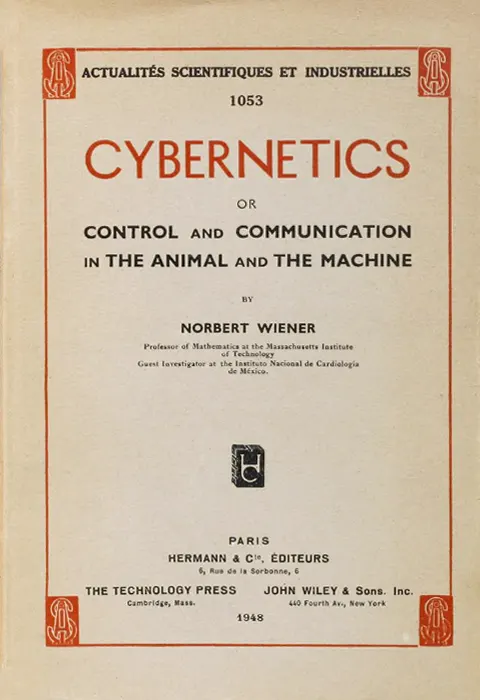
Cybernetics
Acclaimed as one of the "seminal books comparable in ultimate importance to Galileo or Malthus or Rousseau or Mill", Cybernetics was judged by twenty-seven historians, economists, educators, and philosophers to be one of those books which may have a substantial impact on public thought and action in the years ahead.
Dynamics of Hyperspace
Abraham and McKenna explore the limitations of traditional maps of consciousness, like those of Freud and Jung, in understanding psychedelic experiences. They propose that psychedelics offer access to a hyperspace beyond the human dimension, requiring new languages and metaphors to map and share these experiences. They discuss the role of consciousness evolution, potential guidance from higher intelligence, and the challenges and opportunities presented by technology and social structures in navigating this uncharted territory.
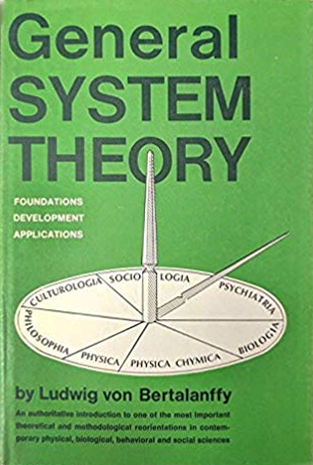
General System Theory
In his seminal work, biologist Ludwig von Bertalanffy outlines a theory of systems that breaks down disciplinary boundaries and argues that there are general principles and laws applicable to systems of all kinds. He contends that phenomena should be viewed not in isolation but as components of systems interacting with their environments. Bertalanffy proposes that there are commonalities across biological, physical, and social systems that can be explored through systems thinking. He suggests the need for an overarching systems science to uncover these universal system principles. The book develops key concepts like open and closed systems, steady states, growth, feedback, homeostasis, differentiation, hierarchy, and emergence. General System Theory was groundbreaking in its interdisciplinary approach and helped foster the growth of systems theory across academia and society.

God and Golem, Inc.
Norbert Wiener explores the ethical and philosophical implications of artificial intelligence and cybernetics, examining the potential dangers of creating machines that mimic human thought and the consequences of playing God by designing systems that could surpass human control. The book delves into the intersection of technology, religion, and ethics, questioning humanity's role in an increasingly automated world.
Intelligent Machines
Hans Moravec tackles the gap between AI's early promise and its current reality. He pinpoints insufficient processing power as the key hurdle, preventing machines from mastering human-like skills. Moravec predicts a future where technological evolution outpaces its biological counterpart, as computers surpass human intelligence. This leap, he argues, could trigger a societal revolution, reshaping our world in ways we can barely imagine. His vision challenges us to consider the profound implications of truly intelligent machines.
Interview on Cybernetics
Heinz von Förster delves into the enigmatic realm of cybernetics. The conversation dances around the essence of this field, exploring its core principles of circularity, self-organization, and the nature of information. Together with Sherwin Gooch, he grapples with profound questions surrounding the definition of life, the Gaia hypothesis, and the tantalizing possibility of replicating human consciousness. Ultimately, the dialogue underscores the intricate interplay between observer and observed, challenging conventional notions of information and reality.
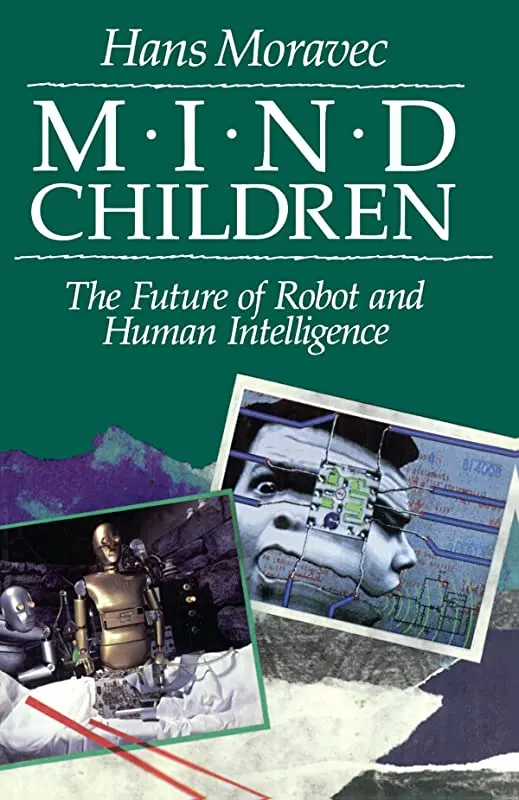
Mind Children
Imagine attending a lecture at the turn of the twentieth century in which Orville Wright speculates about the future of transportation, or one in which Alexander Graham Bell envisages satellite communications and global data banks. Mind Children, written by an internationally renowned roboticist, offers a comparable experience: a mind-boggling glimpse of a world we may soon share with our artificial progeny. Filled with fresh ideas and insights, this book is one of the most engaging and controversial visions of the future ever written by a serious scholar.
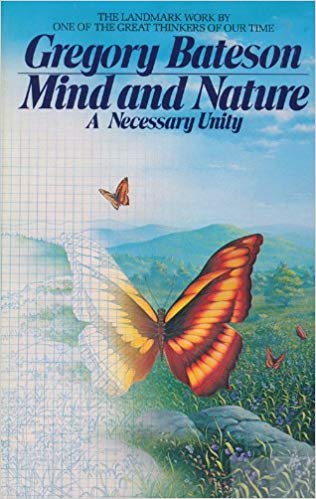
Mind and Nature
Renowned for his contributions to anthropology, biology, and the social sciences, Bateson asserts that man must think as Nature does to live in harmony on the earth and, citing examples from the natural world, he maintains that biological evolution is a mental process.
Progress Through Fear
A talk on the impact of science and technology on man's role in the natural world.
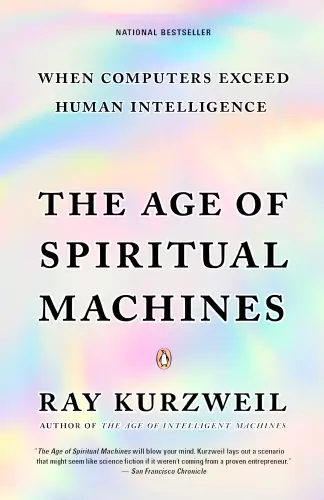
The Age of Spiritual Machines
Imagine a world where the difference between man and machine blurs, where the line between humanity and technology fades, and where the soul and the silicon chip unite. This is not science fiction. This is the twenty-first century according to Ray Kurzweil, the “restless genius,” “ultimate thinking machine,” and inventor of the most innovative and compelling technology of our era. In his inspired hands, life in the new millennium no longer seems daunting. Instead, it promises to be an age in which the marriage of human sensitivity and artificial intelligence fundamentally alters and improves the way we live.
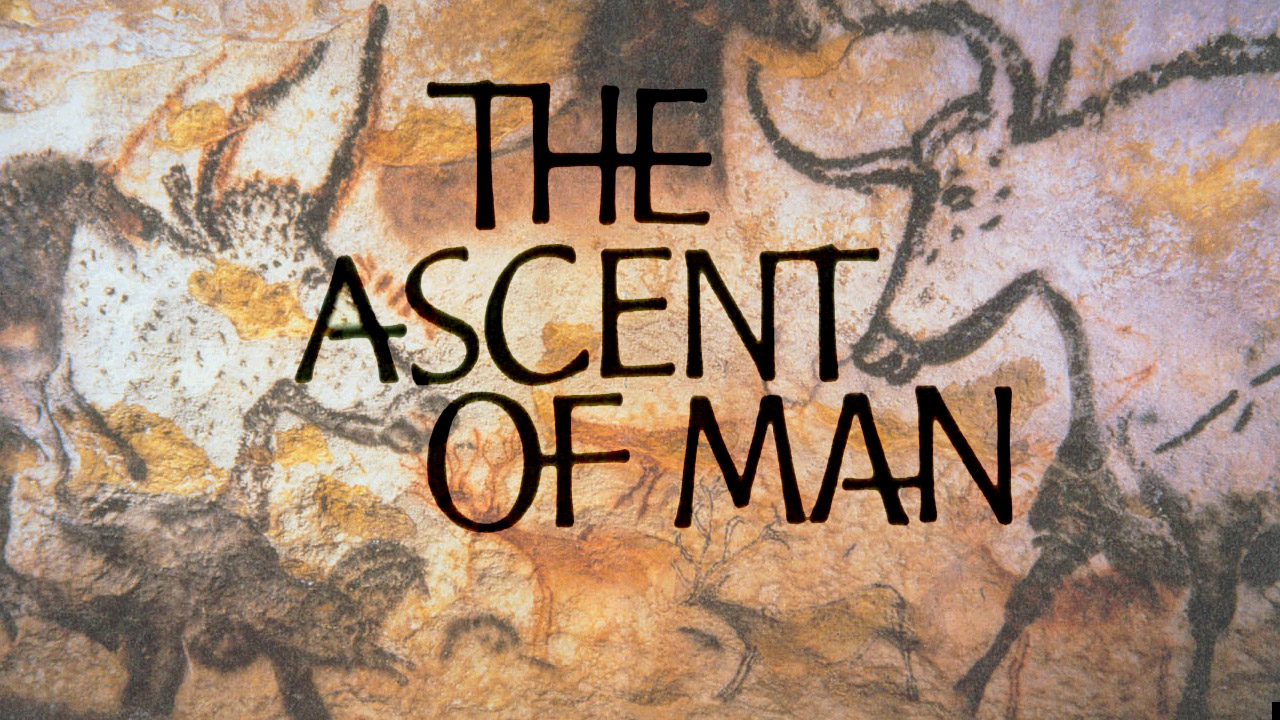
The Long Childhood
In this final episode, Bronowski—poet, playwright, mathematician, philosopher—draws together many threads of the series. He takes stock of man's complex, sometimes precarious, ascent, and argues that man's growth to self-knowledge is the longest childhood of all.
The Coming Technological Singularity
Within thirty years, we will have the technological means to create superhuman intelligence. Shortly after, the human era will be ended. Is such progress avoidable? If not to be avoided, can events be guided so that we may survive? These questions are investigated. Some possible answers (and some further dangers) are presented.
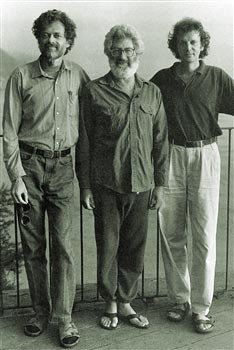
The Evolutionary Mind
What could have been the cause for the breakthrough in the evolution of human consciousness around 50,000 years ago? Part of the Trialogues at the Edge of the Unthinkable held at the University of California.
The Omega Point as Eschaton
Frank Tipler presents an outline of the Omega Point theory, which is a model for an omnipresent, omniscient, omnipotent, evolving, personal God who is both transcendent to spacetime and immanent in it, and who exists necessarily. The model is a falsifiable physical theory, deriving its key concepts not from any religious tradition but from modern physical cosmology and computer science; from scientific materialism rather than revelation. Four testable predictions of the model are given. The theory assumes that thinking is a purely physical process of the brain, and that personality dies with the brain. Nevertheless, he shows that the Omega Point theory suggests a future universal resurrection of the dead very similar to the one predicted in the Judeo-Christian-Islamic tradition. The notions of “grace” and the “beatific vision” appear naturally in the model.
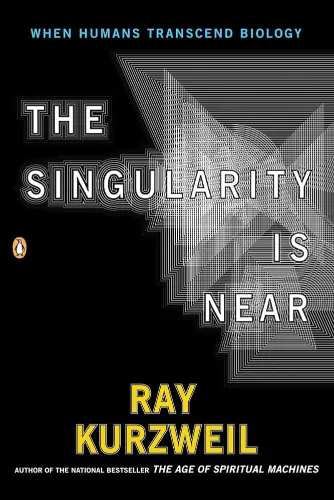
The Singularity is Near
Ray Kurzweil predicts a future where artificial intelligence surpasses human intelligence, triggering an era of rapid technological growth. He argues that advancements in AI, nanotechnology, and biotechnology will merge humans with machines, leading to superintelligent beings and even digital immortality. This "Singularity," expected by the mid-21st century, will radically transform society, solving problems like disease and aging while raising profound ethical questions. Kurzweil’s vision is bold, controversial, and thrilling—painting a future where humans evolve beyond biology itself.
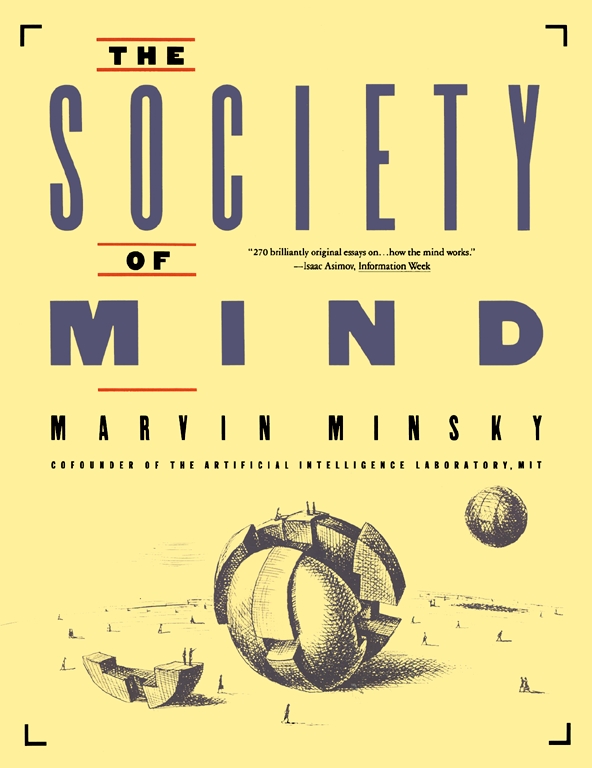
The Society of Mind
Marvin Minsky (one of the fathers of computer science and cofounder of the Artificial Intelligence Laboratory at MIT) gives a revolutionary answer to the age-old question: How does the mind work? Minsky brilliantly portrays the mind as a 'society' of tiny components that are themselves mindless. Mirroring his theory, Minsky boldly casts The Society of Mind as an intellectual puzzle whose pieces are assembled along the way. Each chapter, presented on a self-contained page, corresponds to a piece in the puzzle. As the pages turn, a unified theory of the mind emerges, like a mosaic. Ingenious, amusing, and easy to read, The Society of Mind is an adventure in imagination.
The Universe in Consciousness
Imagine a world where everything is connected by a single mind: Bernardo Kastrup argues that reality is fundamentally mental, not physical. He suggests that what we perceive as individual consciousness is actually fragments of a universal consciousness. Kastrup challenges the mainstream view of materialism, proposing instead that the mind is the primary substance of the universe. By integrating concepts from psychology, neuroscience, and philosophy, he presents a compelling case for a mental universe, urging us to rethink our understanding of reality.
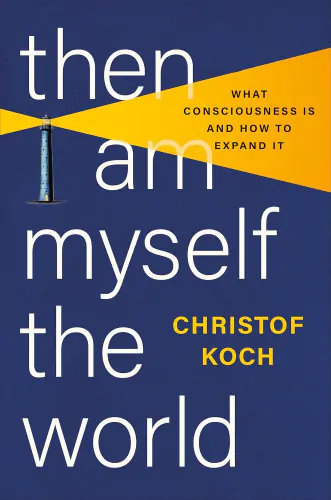
Then I Am Myself the World
Neuroscientist Christof Koch explores the nature of consciousness, blending scientific research with personal experiences, including his own psychedelic journey. He examines how our brains generate subjective experiences, discusses the transformative potential of altered states, and delves into Integrated Information Theory to propose that consciousness arises from the brain's intrinsic causal power.